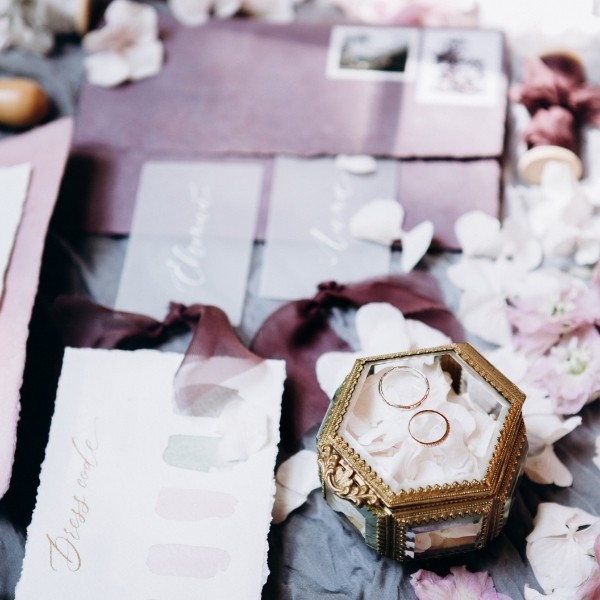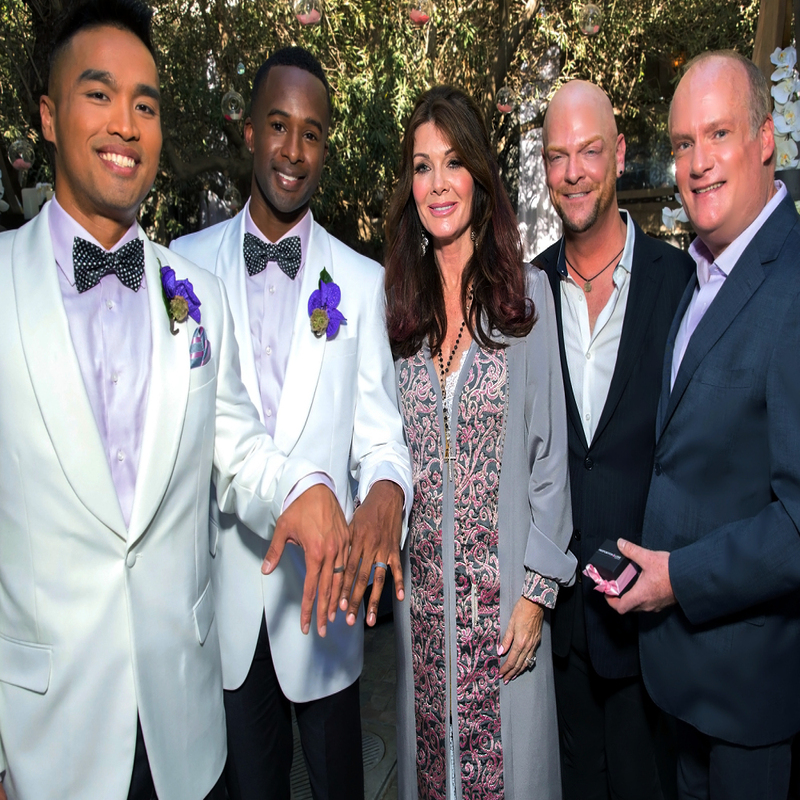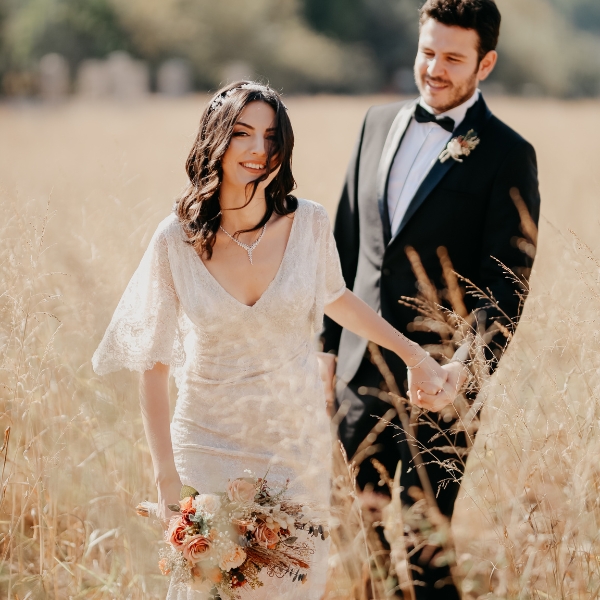Decoding the Wedding Invitation
Receiving a wedding invitation can be exciting, but also comes with the need for careful planning. To ensure a smooth experience, it’s crucial to decode the elements of the invitation that dictate your arrival.
Pay Attention to Start Time and Location Details
The invitation provides key details that determine when and where you should arrive. It is essential to:
- Note the start time of the ceremony.
- Plan to get to the venue 15-30 minutes before this time.
- Remember to consider time for parking and walking to the entrance.
Being early helps you to find your seat calmly and respect the event’s schedule.
Identifying Specific Venue Instructions
Invitations often include specific details to help guests navigate the venue with ease. Keep an eye out for:
- Clear address information and room names.
- Instructions about parking or special entry gates.
- Any mention of transportation or valet services if provided.
Always double-check these details to avoid confusion and stress on the day of the wedding.

Planning for Pre-Ceremony Arrival
An early arrival to a wedding can make for a more enjoyable experience. Planning ahead ensures that you’re relaxed, on time, and ready for the day’s events.
Considering Traffic and Travel Time
How early should you get to a wedding? Accounting for potential delays is key. Aim to arrive at least 30 minutes prior to the ceremony start time. This extra buffer allows for unexpected traffic and the search for parking. Always check traffic reports before leaving and have a backup plan in case your first route is slow-moving.
Understanding Seating Arrangements
Once at the wedding venue, finding your seat should be a simple task. Arriving early gives you the advantage of choosing a comfortable spot without the need to rush. Some weddings have assigned seating, so look for your name on a chart or ask an usher for guidance.
The Opportunity for Pre-Ceremony Socializing
Reaching the venue earlier than needed provides a chance to mingle. Use this time to reconnect with friends and meet new people. Often, the couple will arrange for some light refreshments, which can set a pleasant tone as guests gather and chat before the main event begins.
The Ceremony and Reception Transition
Once the ceremony concludes, the transition to the reception is a key time for guests. It’s important to manage this interval smartly to ensure that everyone remains comfortable and engaged.
Managing Timing Between Events
After the ceremony, a well-timed break allows guests to move to the reception area. To avoid lengthy waits, plan for a 30-minute to 1-hour gap between events. This helps guests transition without rushing and maintains the day’s flow. If travel to a new location is needed, consider this in your timing. Often, providing maps or shuttles can be helpful here.
Keep in mind that weddings may start slightly later than the invitation time to account for latecomers. For instance, a 4:00 PM start on the card might mean a 4:15 PM actual start time. This ‘padding’ can be crucial to ensure that everyone is seated and ready.
Guest Activities During Interim Periods
During the break, offer activities that keep guests entertained. Pre-reception drinks are popular and provide a time for guests to mingle. Other entertaining options include photo booths, light snacks, or outdoor games. Setting up a lounge area for guests to relax can also be a great idea. These activities not only fill the interim but also contribute to a memorable experience.
For outdoor venues, allowing guests to wander and enjoy the scenery can be quite engaging. Setting up a photo opportunity with the wedding’s theme can also be a hit. By planning interim activities, you are ensuring guests stay entertained and the day’s events transition smoothly from ceremony to reception.

Seamless Experience: From Ceremony to Reception
Creating a seamless transition is key for a memorable wedding experience. How these segments link affects the mood and comfort of your guests.
Coordination of Ceremony and Reception Timings
Effective timing is vital to avoid guest confusion or frustration.
- Align the ceremony and reception schedule closely.
- Communicate any planned delays or breaks between events clearly.
- Allow for a 30-minute to 1-hour gap for seamless transition.
This helps guests know what to expect and when to move between locations.
Interim Activities to Engage Guests
Keeping guests entertained between events is important.
- Offer drinks or snacks while they wait for the reception to start.
- Set up photo booths or games for added fun.
- Arrange a quiet lounge area for those who prefer to relax.
These activities can make the wait enjoyable and enhance the overall experience.
Travel and Accommodation Considerations
Thoughtful planning for travel and accommodation is crucial when attending a wedding.
Booking Early and Checking Room Blocks
To minimize stress, book your stay well in advance. Look for room blocks on the wedding website, which often come with a discount. Staying at one of these hotels keeps you close to the venue and other guests.
Planning Journey and Transportation
Plan your trip early, especially if the wedding is out of town. Research the best routes and transport options. If driving, ensure your car is ready for the journey. Confirm travel times and consider public or group transport if available. Arriving stress-free sets a positive tone for the celebration.
Engaging in Wedding Events
A wedding is more than a ceremony; it’s a collection of special moments. To fully engage and enjoy these events, timing is key.
When to Arrive at the Venue
Determining when to arrive at the wedding venue is simple: follow the invitation and use common sense. Here’s what to keep in mind:
- Plan to be there 30 minutes early.
- This allows for finding parking and a relaxed walk to the venue.
- Early arrival means less rush and more enjoyment.
Participating in Wedding Traditions and Activities
Immerse yourself in the celebration by participating in wedding traditions and activities:
- Be ready to join in on the first dance, toasts, and cake cutting.
- Participate in photo sessions and sign the guestbook.
- Enjoy any unique customs the couple may include.
Your active participation shows support for the happy couple and enhances your experience.

The Importance of Being Punctual
Reflecting Respect for the Couple
Arriving early shows respect for the couple and their families. Weddings typically require extensive planning, and couples appreciate when guests honor their timeline. Showing punctuality signifies that you value their special day. Moreover, this helps set a positive tone for the entire celebration. When all guests are on time, the event can flow smoothly. The couple can feel more relaxed knowing that everyone has arrived.
Enhancing the Overall Experience
When you arrive early, you not only respect the couple but also enhance your overall experience. You have time to soak in the atmosphere and admire the decor. Moreover, being part of both the ceremony and reception allows for memorable moments. If you socialize beforehand, this can lead to inside jokes that add to your experience. A relaxed and cheerful mood can significantly impact how you enjoy the day. Therefore, arriving early is advantageous for everyone involved.
Maximizing the Overall Guest Experience
To make the most out of attending a wedding, thorough planning and being well-informed are key.
Importance of RSVP and Gift Selection
Responding to the invitation on time is crucial. An early RSVP is polite and helps the couple plan. Choose a gift from the couple’s wedding registry to ensure it’s something they want or need.
Staying Informed Through the Wedding Website
Check the wedding website regularly for updates. This site often has essential details like event timelines, locations, and any last-minute changes. Staying informed will make your experience smoother and more enjoyable.
